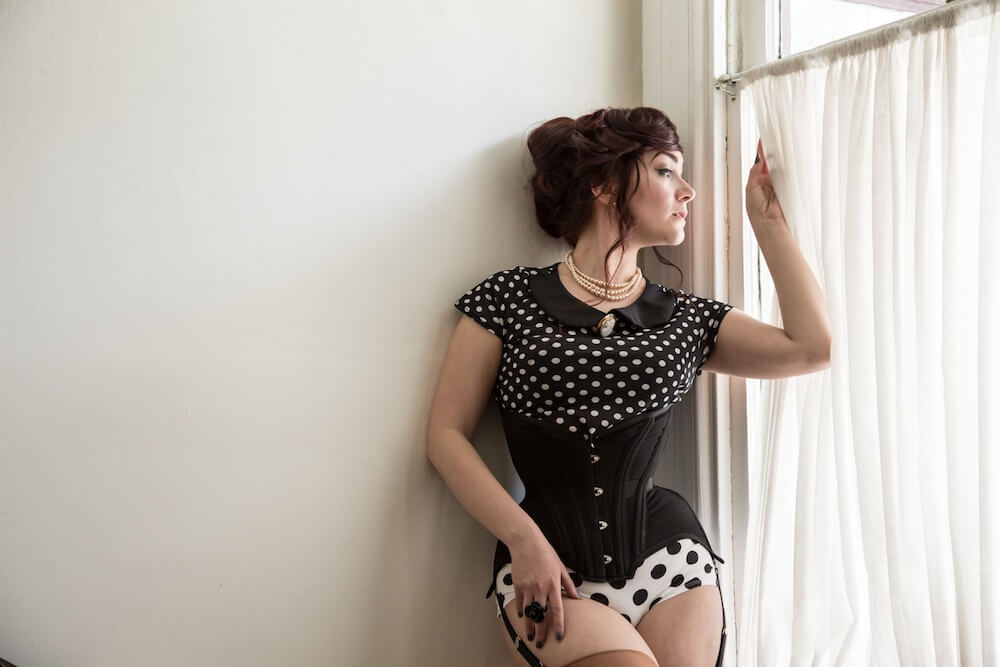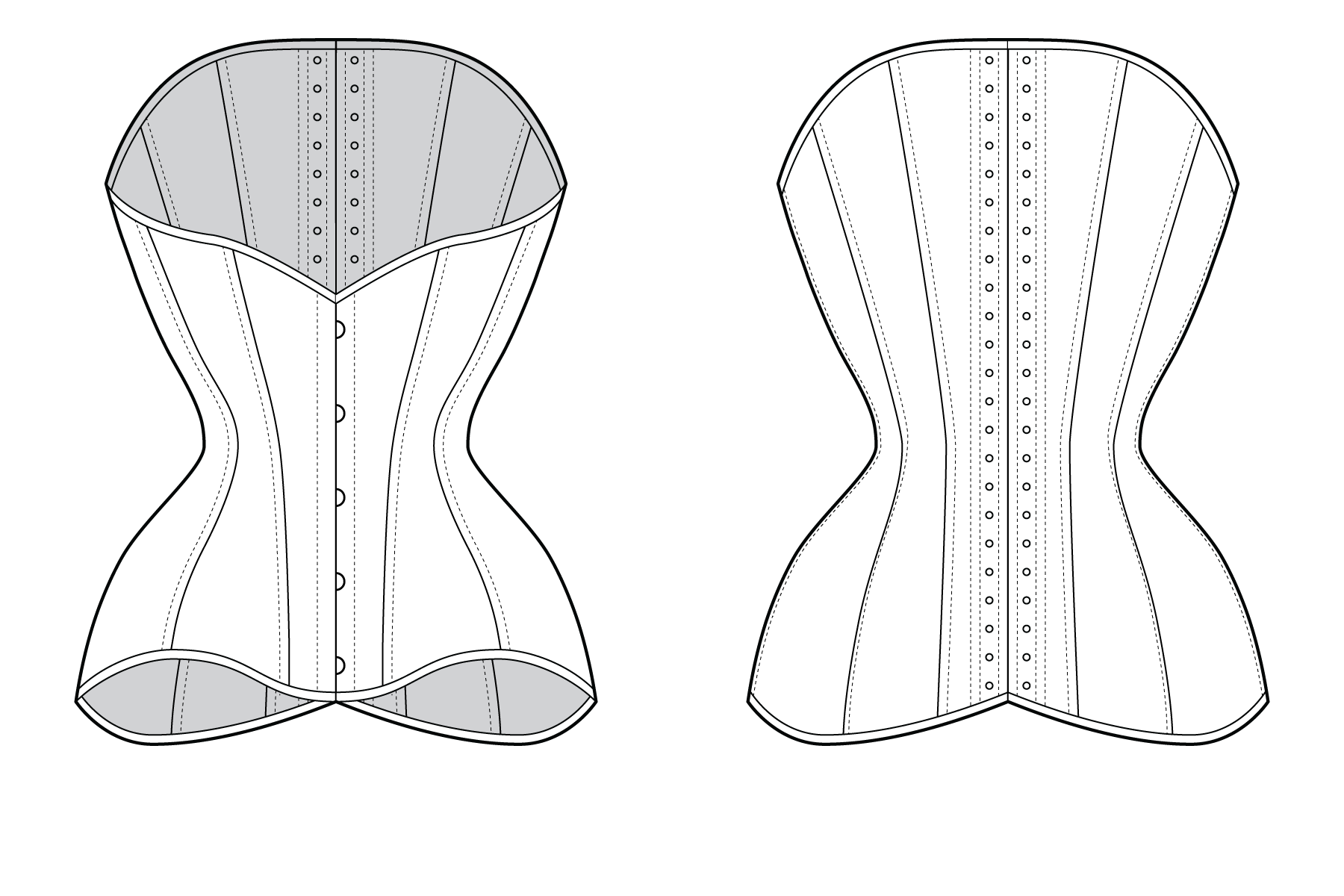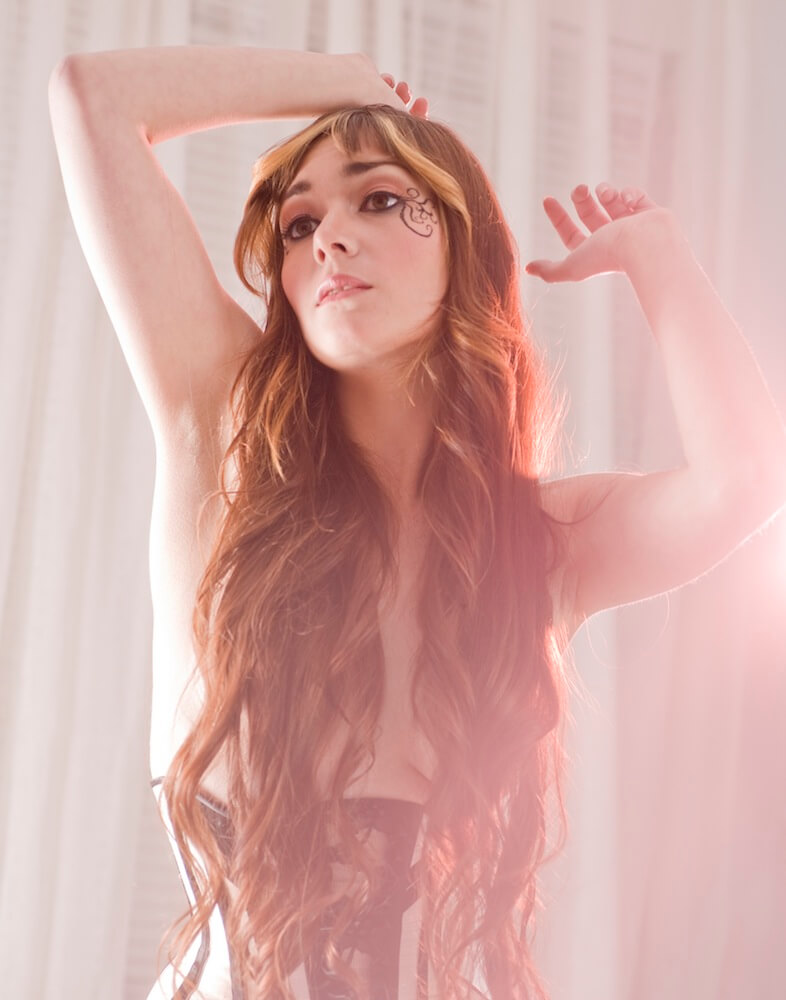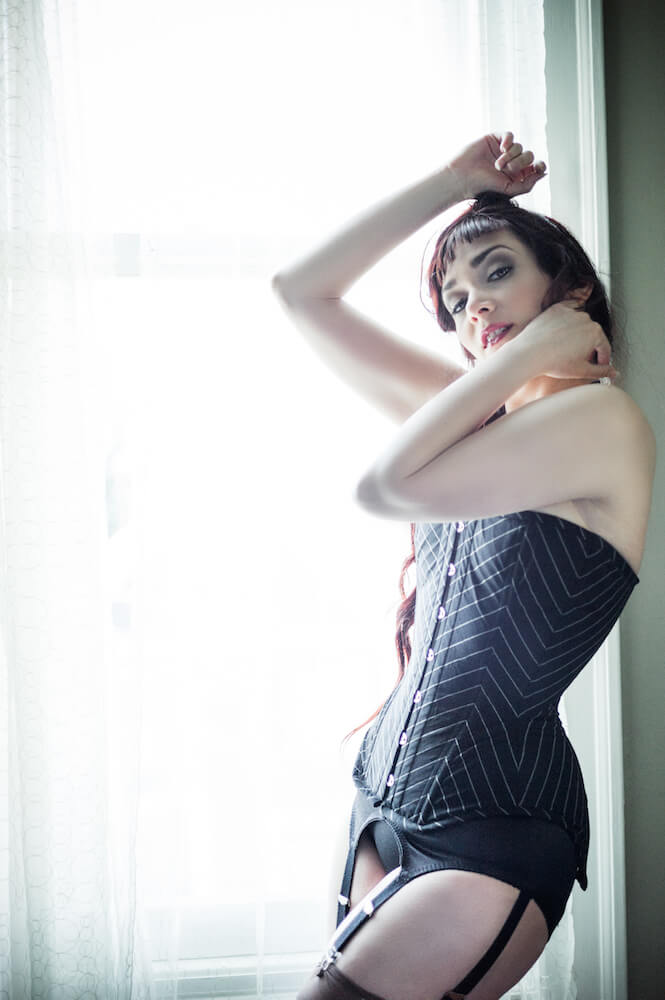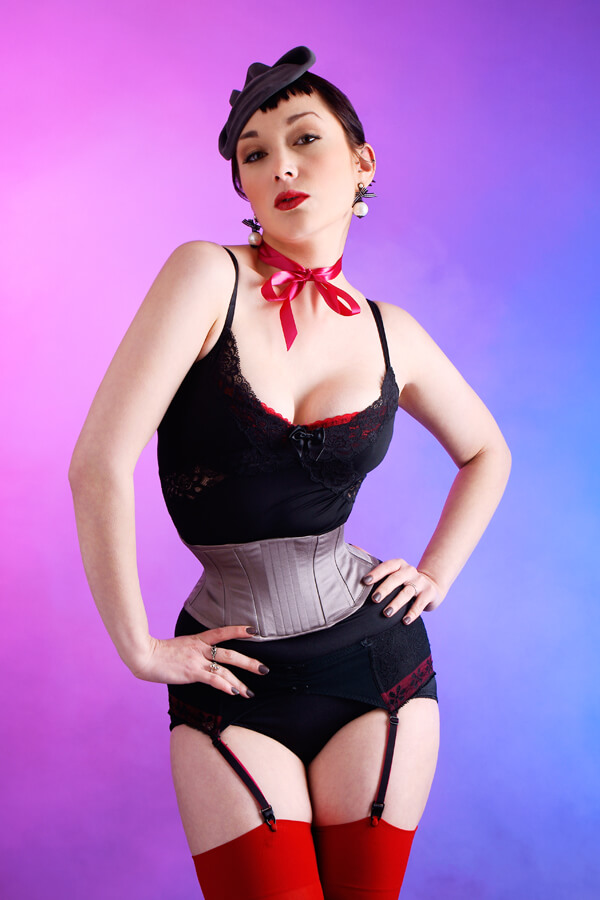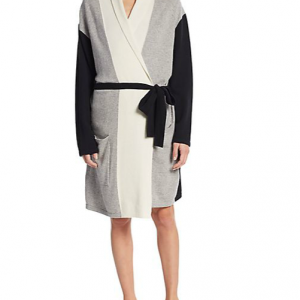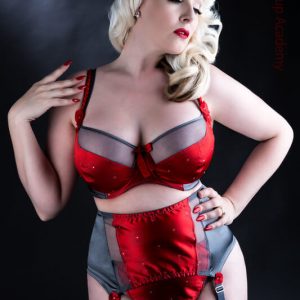Not All Corsets Are Created Equal
People have some strongly held convictions about corsets, and along with the many outright myths and misconceptions, I see a lot of sweeping generalizations. Most of these tend to fall under the categories of hearsay or limited experience applied across the entire craft. It's unfair to judge the diverse range of handmade corsets based on poor experiences at, say, the Renaissance Fair, or if you're already on the handmade bandwagon, a disservice to ignore the fine details that distinguish one corsetiere's work from another's. Personally, I love to support my corsetmaking colleagues, and to experience other ways of executing fit, design, and construction. The modern maxim for corsetmaking has become that there is no "one, right way." Each corsetiere and each client has their own goals for each piece. So why do people assume all corsets are the same, or even should or would be so?
Since updating the Pop Antique website a couple months ago, I have had the pleasure of seeing where my visitors have been coming from (which is fascinating and addictive). I noticed a rash of hits via Tumblr, and upon clicking through I found someone had compiled all of my technical drawings into a single post and it had an impressive number of reblogs. Few people had added a comment, but those who did were generally making an ignorant assumption about corsets --- my corsets --- with no foundation whatsoever (pun slightly intended), and I will confess that I let it get under my skin. "[B]ut no matter which one you choose it will f[***] your ribs up proper," said one user. Another, "While I admire the detail went into making this post, I don’t see names --- just the word ‘pain’ scrawled in blood across each one." Of course, it's possible that I am making an assumption, maybe the second user has a medical condition that does make wearing a corset painful, but the opinion is very widespread. These particular statements chafed because I take great pains to craft a fit that is comfortable and anatomically conscientious, especially around the rib cage. The irony is that a dramatic rib and hip spring is the recipient of the most negative attention even though it is generally a more comfortable shape. Though the waist appears sharply nipped, that shape actually leaves more room for the wearer's organs and bones, minimizing compression except where the tissues of the body are softest.
Every corsetiere has their own ideas about what a good fit entails and how much waist reduction that includes. Their client bases fall across different demographics with different trends in body shape. Every corsetiere puts their corsets together in slightly (or widely) different ways, with slightly or widely different combinations of boning and other materials. Every corsetiere has a different level of historical inspiration and reference points. How long a corset lasts will depend both on the level of quality and how you care for it. No conscientious corsetiere will advocate for an uncomfortable fit. It's unfair to assume any one corset stands for all other corsets just as you couldn't use a single pair of shoes as your guideline for all shoes ever, from boots to flats to stilettos, from Payless to Louboutin. It's particularly unfair and nonsensical when shapeless factory-made corsets or historic pieces/reproductions are used as a representation of the breadth of high-end corsets currently available for modern bodies. Every time I work an event with Dark Garden, I tell clients that even if they've worn other corsets, they should experience our fit to see the difference, and every time, they notice a difference.
Your corset size may well be different for different makers or even different styles from the same maker. Your level of comfort will be different based largely on the shape of the pattern (highly distinctive for each maker) as well as the type of boning and layers of fabric used. The shape of your waist, hips, and bust can vary dramatically between corsets even if they are both the same size and fit well. If you are interested in corsets, I highly encourage you to be curious. When you're ready to buy a corset, ask your corsetiere what makes their work special and different (please note that this is not necessarily the same as "better"), and analyze whether that will work for you. Describe your needs. As ever, the more experienced the corsetiere, the better they will be able to serve you. Remember that it's not just about ready to wear versus custom when it comes to fit.





